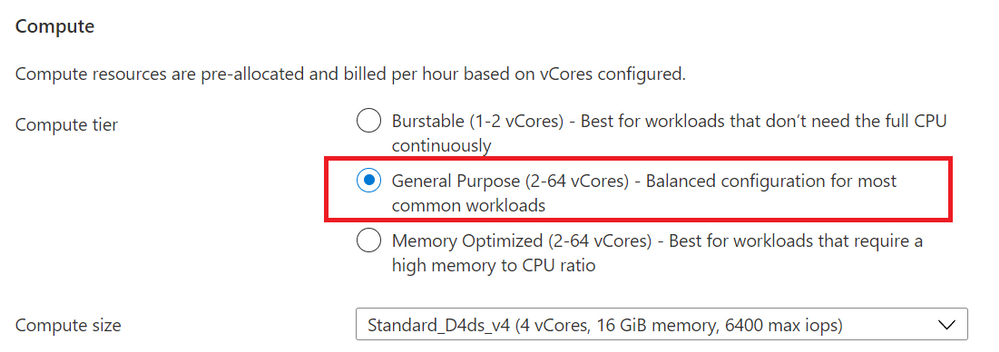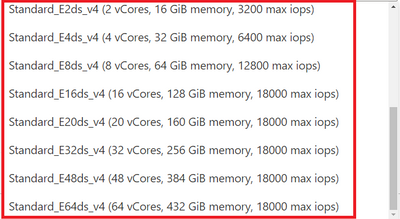Coming soon: The new Azure Cosmos DB Developer Specialty certification
This article is contributed. See the original author and article here.
We’re happy to announce the addition of the Azure Cosmos DB Developer Specialty certification to our portfolio, to be released in mid-November 2021.
This new certification is a key step for developers who are ready to prove their expertise supporting their organization’s business goals with modern cloud apps. IT environments where application infrastructure is dated, rigorous, and specialized often cost developers valuable time and resources. Business-critical modern apps require scale, speed, and guaranteed availability, and they need to store ever-increasing volumes of data—all while delivering real-time customer access. Developers who work with Azure Cosmos DB find the tools and security they need to meet these requirements and more to meet today’s business challenges.
Is the Azure Cosmos DB Developer Specialty certification right for you?
You’re a great candidate for the Azure Cosmos DB Developer Specialty certification if you have subject matter expertise designing, implementing, and monitoring cloud-native applications that store and manage data.
Typical responsibilities for developers in this role include designing and implementing data models and data distribution, loading data into a database created with Azure Cosmos DB, and optimizing and maintaining the solution. These professionals integrate the solution with other Azure services. They also design, implement, and monitor solutions that consider security, availability, resilience, and performance requirements.
Professionals in this role have experience developing apps for Azure and working with Azure Cosmos DB database technologies. They should be proficient at developing applications by using the Core (SQL) API and SDKs, writing efficient queries and creating appropriate index policies, provisioning and managing resources in Azure, and creating server-side objects with JavaScript. They should also be able to interpret JSON, read C# or Java code, and use PowerShell.
Developers interested in earning this new certification need to pass Exam DP-420: Designing and Implementing Cloud-Native Applications Using Microsoft Azure Cosmos DB, which will be available in mid-November 2021. If you’re a skilled Azure developer who has experience with Azure Cosmos DB, we encourage you to participate in the beta. Stay tuned for the announcement.
Start preparing now for the upcoming beta exam
Even though the exam won’t be released until November 2021, you can start preparing for it now:
- Review the exam page for details. The Exam DP-420 (beta) outlines the key topics covered on the exam.
- Want the insiders view? Check out the video A sneak peek: Azure Cosmos DB Developer Specialty certification with Microsoft Cloud Advocate Laurent Bugnion interviewing Azure Cosmos DB Principal Program Manager Mark Brown and Azure Cosmos DB Senior Program Manager Gary Hope about the new certification.
- Gear up with the DP-420 Study Guide created by Microsoft Cloud Advocate @thomasmaurer.
- Review this Microsoft Learn collection with some of our favorite Azure Cosmos DB learning paths and modules.
- Stay tuned in the next month for more Microsoft Learn content and the instructor-led training course aligned to the certification.
Unlock opportunities with Azure Cosmos DB
Are you ready to take your skills to the next level with Azure Cosmos DB? Get ready for Exam DP-420 (beta) and earn your Azure Cosmos DB Developer Specialty certification. Validate that you have what it takes to unlock business opportunities with modern cloud apps—for you, your team, and your organization.
Related posts







Recent Comments